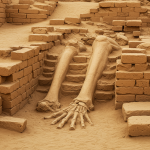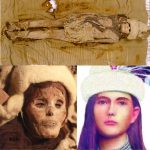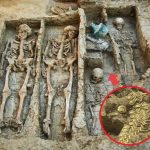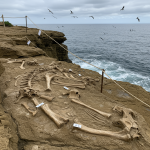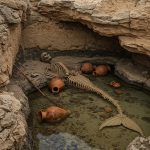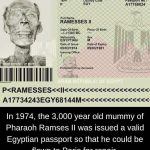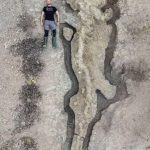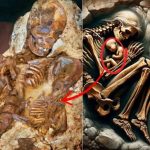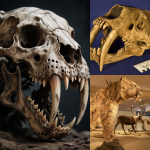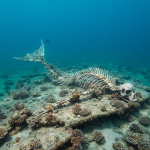Towering at the Gate of All Nations in Persepolis, Iran, this majestic Lamassu—carved around the 5th century BCE during the Achaemenid Empire—combines the body of a bull, the wings of an eagle, and the head of a bearded man.
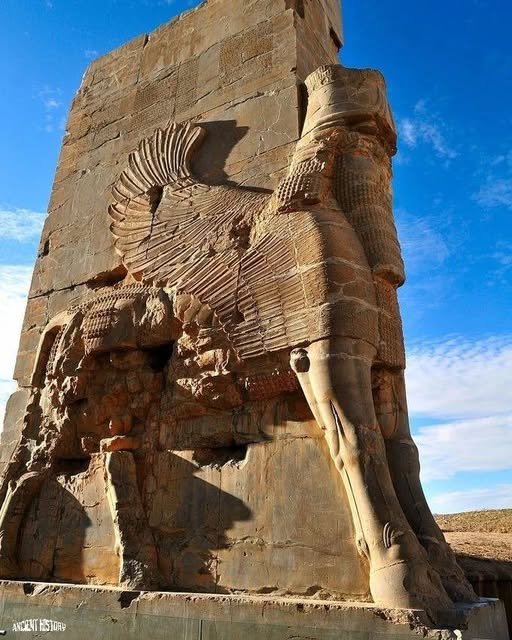
A Symbol of Persian Power and Inclusiveness
The name “Gate of All Nations” aptly reflects the vast and diverse territories that were part of the Persian Empire, which, at its height, stretched from Egypt in the west to India in the east. This gate was designed to welcome emissaries, diplomats, and representatives from the many nations and regions under Persian rule. It symbolized not only the empire’s political dominance but also its inclusiveness, representing a space where all nations within the empire could come together in peace and cooperation.
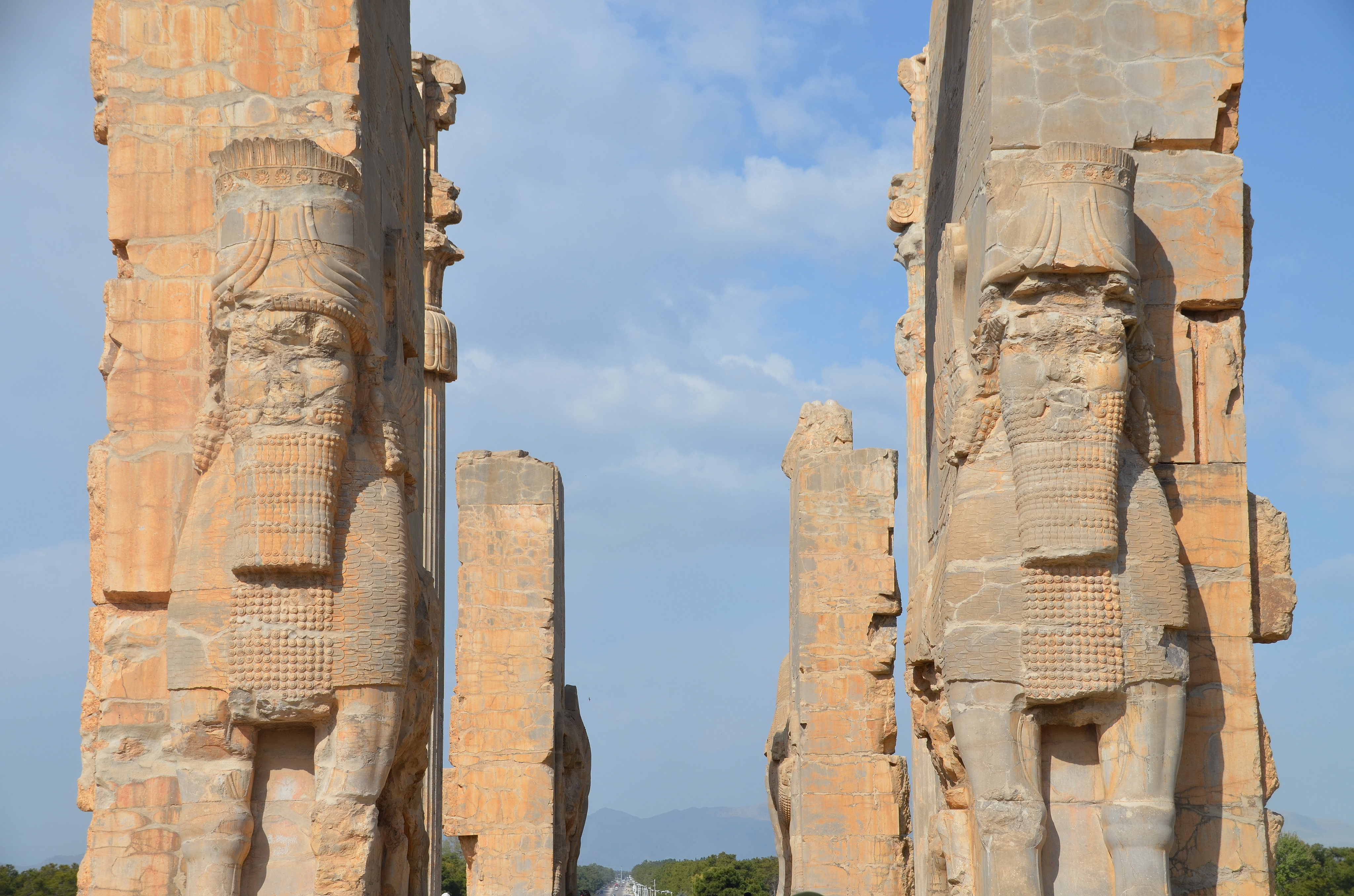
The gate’s strategic location as the main entryway to Persepolis, the heart of Achaemenid power, further reinforced the empire’s image as a center of political and cultural unity. The Persian Empire, known for its tolerance and sophisticated diplomacy, used this monumental structure to highlight its vast influence over a wide array of cultures.
Architectural Marvel and Artistic Excellence
The Gate of All Nations is an impressive example of ancient Persian architecture, showcasing the engineering ingenuity and artistic mastery of the Achaemenid dynasty. The structure features towering columns and detailed stone reliefs, which provide a glimpse into the grandeur and aesthetic values of the time.
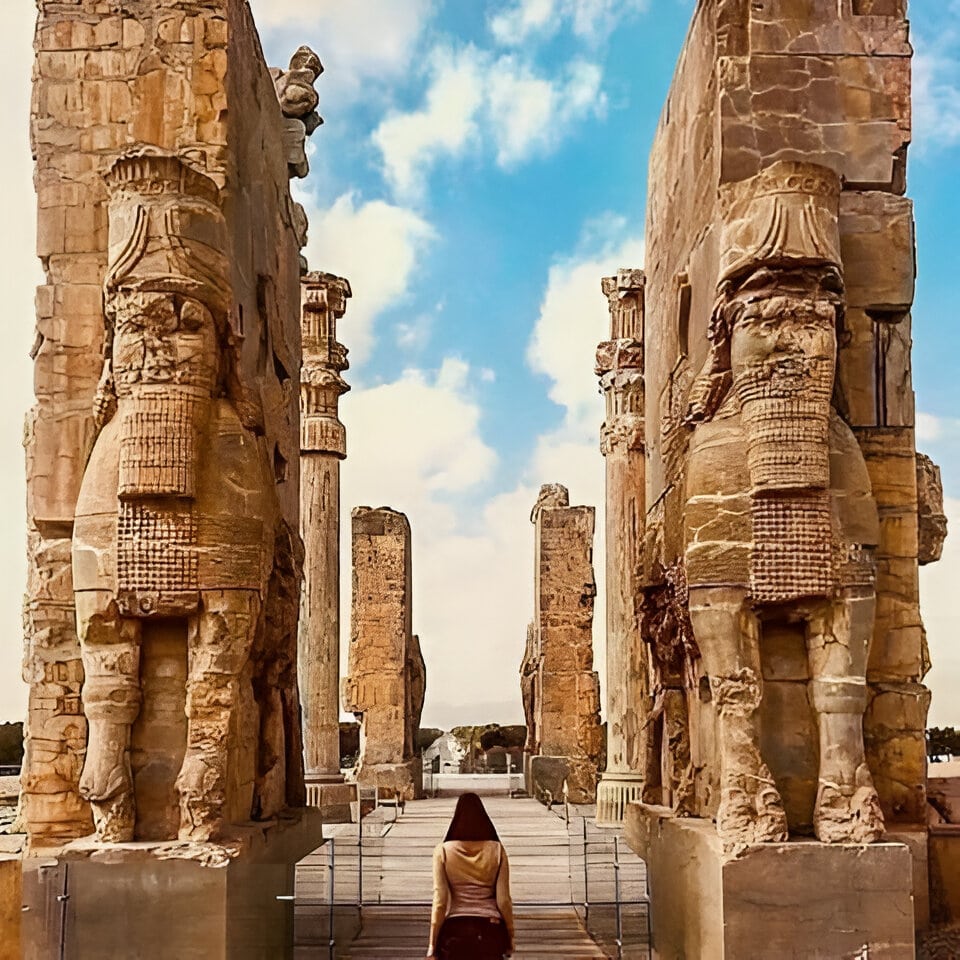
One of the most remarkable features of the gate is the pair of colossal winged bulls, which stand as guardians at the entrance. These powerful winged creatures symbolize both strength and protection. They were not only decorative elements but also served as spiritual guardians, safeguarding the royal city of Persepolis. These guardian figures are often interpreted as a fusion of human and animal traits, reflecting the blending of various cultural influences that characterized the Persian Empire.
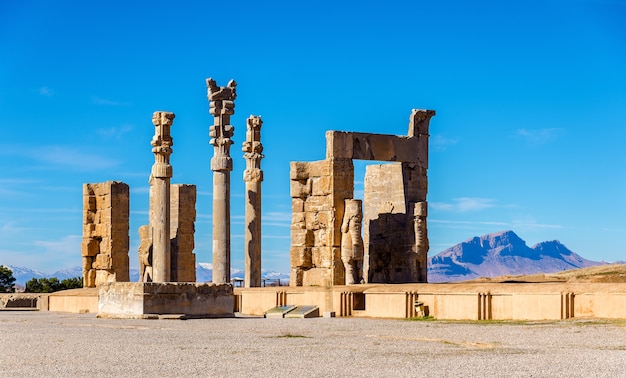
The reliefs adorning the gate depict subjects from various parts of the empire, illustrating the multicultural nature of Persian society. Scenes of tribute bearers and dignitaries from different nations can be seen, showcasing the diversity of the empire and the unity forged through its diplomacy. These depictions also serve as a reminder of the tribute and respect paid by the provinces to the Persian king, highlighting the hierarchical yet cohesive structure of the empire.
Historical and Cultural Significance
Beyond its architectural beauty, the Gate of All Nations holds immense historical value. It stands as a testament to the might and reach of the Achaemenid Empire, representing not only political power but also the cultural achievements of the time. As part of the larger Persepolis complex, the gate is a symbol of the empire’s wealth, organization, and technological advances. The intricacy of the stone carvings and the scale of the structure demonstrate the Achaemenid commitment to monumental art and architecture, which has left a lasting legacy in the history of ancient civilizations.

Moreover, the Gate of All Nations offers a fascinating glimpse into the empire’s diplomatic practices. The gate itself was a gathering point for leaders and emissaries, further emphasizing the importance of diplomatic exchange in the Achaemenid political system. The cultural unity and respect for diverse peoples reflected in the gate’s design mirror the larger principles that allowed the Persian Empire to thrive for centuries.
